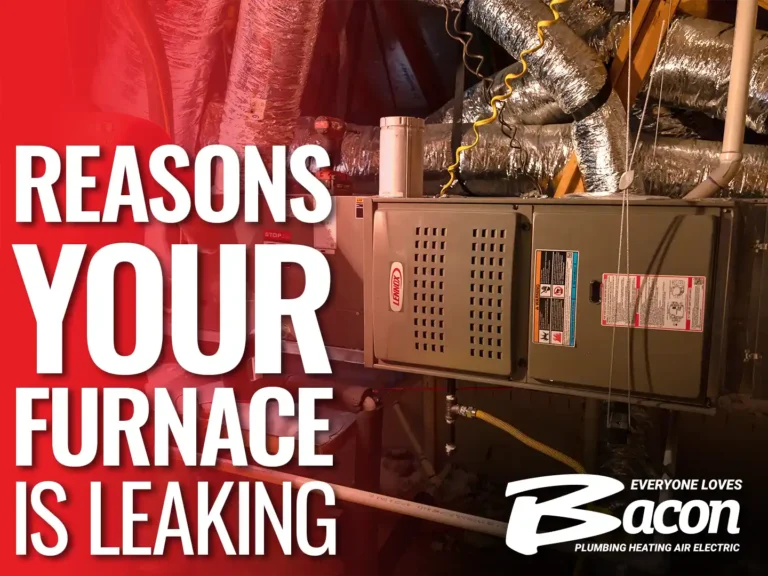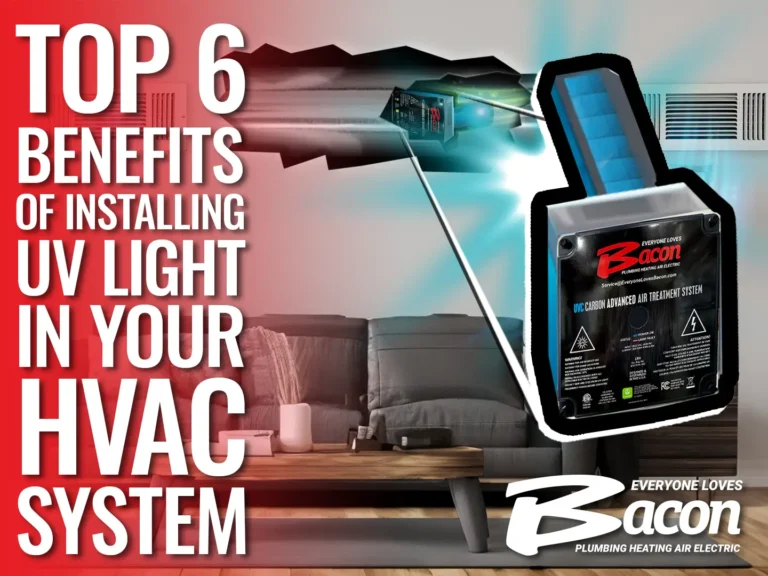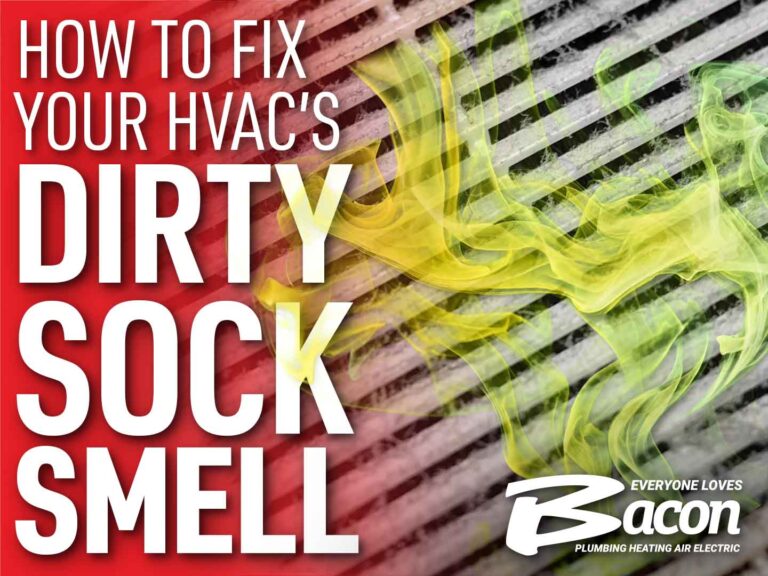Do you have a room that never seems to cool down, no matter how you set the AC? You’re not alone. Many homeowners struggle with temperature imbalances, leading to discomfort and increased energy bills. The constant thermostat-tinkering and fan-whirring only provide temporary relief, but the underlying issues persist.
Imagine waking up feeling refreshed, rather than drenched in sweat. In this article, we’ll explore the reasons why your room might be too hot, from inadequate insulation to poor HVAC system design. Let’s get to the bottom of this sweltering mystery and discover a cooler, more energy-efficient you.
9 Reasons Why One Room is Always Hotter
Temperature imbalances are a common issue in many homes, and they can be caused by lots of different reasons. From uninsulated ducts, poor airflow, wrong-sized HVAC systems, and overexposed windows, to name a few. Let’s go over 9 surprising reasons why this might be happening in your home, and what you can do to fix it.
1. Uninsulated Ducts
Uninsulated ducts are a common culprit when it comes to heat gain in your home. They allow warm air to enter your ductwork, making your AC system work harder and increasing your energy bills. In fact, uninsulated ducts can lead to significant energy loss and reduced system efficiency.
For duct-related issues, it’s recommended to have a qualified HVAC technician insulate your ducts with materials such as fiberglass or rock wool. A professional technician will seal gaps and cracks, and replace damaged ducts with insulated ones as needed.
2. Poor Airflow Between Multi-story Homes
Multi-story homes often struggle with uneven airflow, leading to uneven temperatures across the home. This is because warm air naturally rises, causing upper floors to heat up faster.
Consider reaching out to a professional HVAC technician who can help you identify a solution. They might recommend installing transfer grilles or jump ducts. Transfer grilles connect floors, allowing air to circulate more freely and reducing temperature imbalances. Jump ducts, meanwhile, bridge the gap between floors, ensuring consistent airflow and pressure.
3. Wrong-Sized HVAC System
A wrong-sized HVAC system can cause temperature imbalances because it struggles to cool or heat your home efficiently. If the system is too small, it can’t keep up with your home’s temperature needs, leading to hot spots. On the other hand, an oversized system wastes energy and can cause uneven cooling or heating.
So, how do you find the right fit? Consider your home’s unique factors, such as square footage, insulation, windows, and local climate. A professional can assess your home and recommend the ideal system size to keep your home comfortable and energy-efficient.
4. Home Additions and Renovations
Home additions and renovations can be exciting, but they can also disrupt your temperature control. Adding new rooms or renovating existing ones can disrupt the balance of your HVAC system, leading to hot rooms and uneven temperatures.
Be sure to consider your HVAC system from the start to avoid costly and uncomfortable surprises down the line. A professional technician can assess your system and make necessary adjustments, such as resizing the system, adding new ductwork, or installing additional vents. They can also implement zoning systems to control temperatures in different areas independently.
5. Overexposed Windows
Overexposure to sunlight can cause one room in the house to be hotter than others. Rooms with many windows, especially south-facing ones, often experience increased heat gain because sunlight streams in and warms the air. This makes the room uncomfortably hot, forces your HVAC system to work harder, and increases energy bills.
You can reduce the heat gain with window treatments like blackout curtains or blinds that block sunlight. Alternatively, install solar screens or window films that reflect sunlight and minimize heat entry.
6. Damaged or Aging Ductwork
Damaged or aging ductwork can lead to temperature imbalances in your home. Leaky or damaged ducts allow conditioned air to escape and let unconditioned air in, causing rooms to be hotter or colder than others. This inefficiency forces your HVAC system to work harder, reducing overall comfort and increasing energy bills.
Have an HVAC technician come out and inspect your ductwork for signs of damage or leaks. They will have the necessary expertise and equipment to seal leaks with mastic sealant or metal tape, and replace sections of the ductwork if they are severely damaged or aging.
7. Thermostat Location
Where you place your thermostat matters. A poorly located thermostat can cause temperature imbalances in your home. Direct sunlight or heat from appliances can trick your thermostat into thinking your home is warmer than it really is, causing your HVAC system to overwork.
Think your thermostat’s location might be causing hot rooms? Call in an HVAC contractor! They can place your thermostat in a central location, protected from direct sunlight, drafts, and heat-producing appliances. A thermostat should ideally be mounted on an interior wall in a busy room like a living room, where it can get an accurate read of your home’s overall temperature.
8. Closed or Obstructed Air Vents
Closed or obstructed air vents, such as when furniture, rugs, or other objects block them, can restrict the flow of conditioned air. This can cause uneven temperature throughout your house, causing some rooms to be hotter and colder than others.
Keep all air vents open and clear for proper airflow by rearranging furniture as needed. Consider using vent extenders or deflectors for optimal airflow.
9. Dirty Air Filters
Dirty air filters could be the cause of your home’s uneven temperature, making some rooms hotter or older than others. When filters get clogged with dust and debris, they slow down airflow, making your HVAC system work harder and less efficient.
Check and replace your air filters every 1-3 months, depending on how much you use them and what type of filter you have. Use high-quality filters that catch more particles to keep your system running smoothly. And don’t forget to schedule regular HVAC maintenance to keep everything in top shape!
How Air Balancing Fixes Hot Rooms
Air balancing is the process of adjusting your home’s HVAC system to ensure that air is evenly distributed throughout every room. When your system is properly balanced, it can make a huge difference in keeping your home cool and comfortable. Here’s how air balancing works:
- Initial Check: A technician inspects the HVAC system and measures the airflow in different rooms to understand how well it’s currently working.
- Adjusting Airflow: The technician tweaks the dampers, registers, and fan speeds to make sure each room gets the right amount of air.
- Making Changes: If needed, they resize or reroute ductwork to improve airflow where it’s lacking.
- Testing Adjustments: They re-measure the airflow to ensure the adjustments are effective and make any final tweaks to perfect the balance.
Air balancing gets to the bottom of your hot room issues and provides lasting comfort for every room in your home. Plus, it’s a lot easier than constantly adjusting your thermostat or using fans to try and cool down!
Contact Bacon Plumbing Heating Air Electric for Air Balancing
Keeping your Rockwall home comfortable starts with identifying the issues. Whether it’s due to insulation issues, wrong-sized HVAC systems, blocked vents, or other reasons–we can help balance your air to keep every room in your home feeling comfortable.
Don’t let a hot room ruin your comfort. Contact Bacon Plumbing Heating Air Electric today and let us help you create a perfectly balanced home climate.
Call us at (972) 703-2497 or contact us to schedule your air balancing service and take the first step towards a more comfortable Rockwall home.



